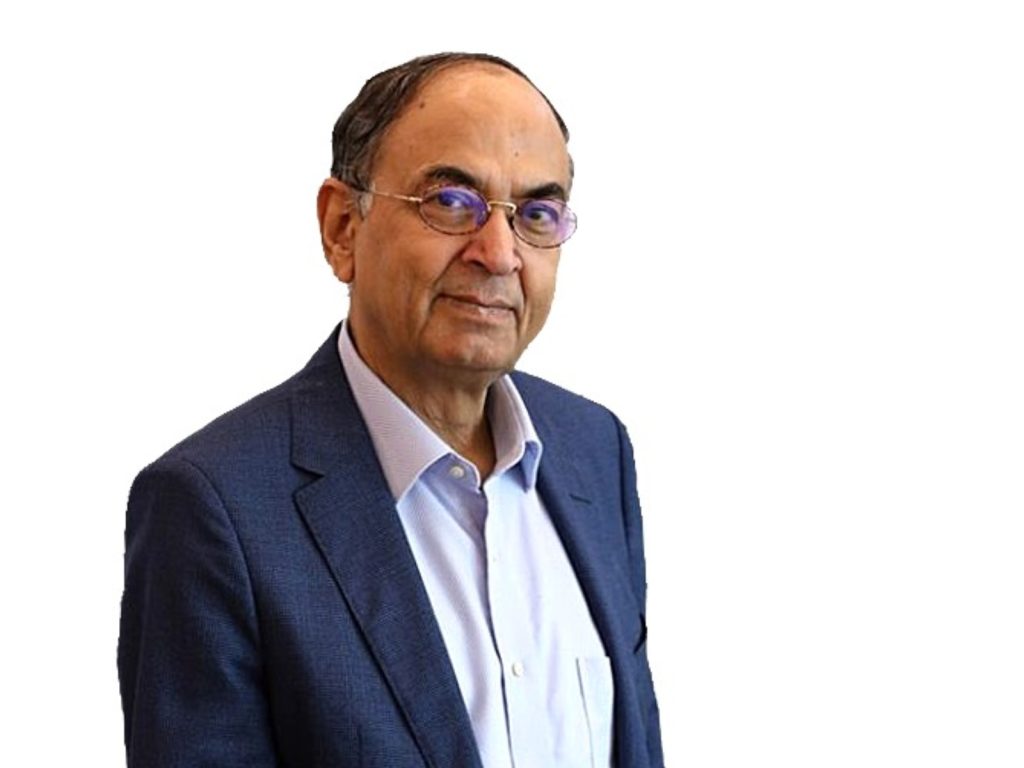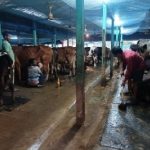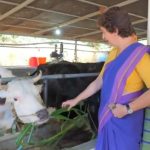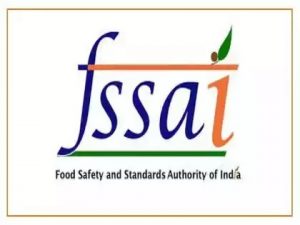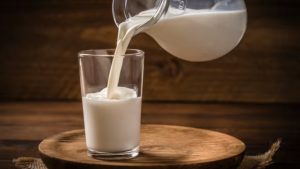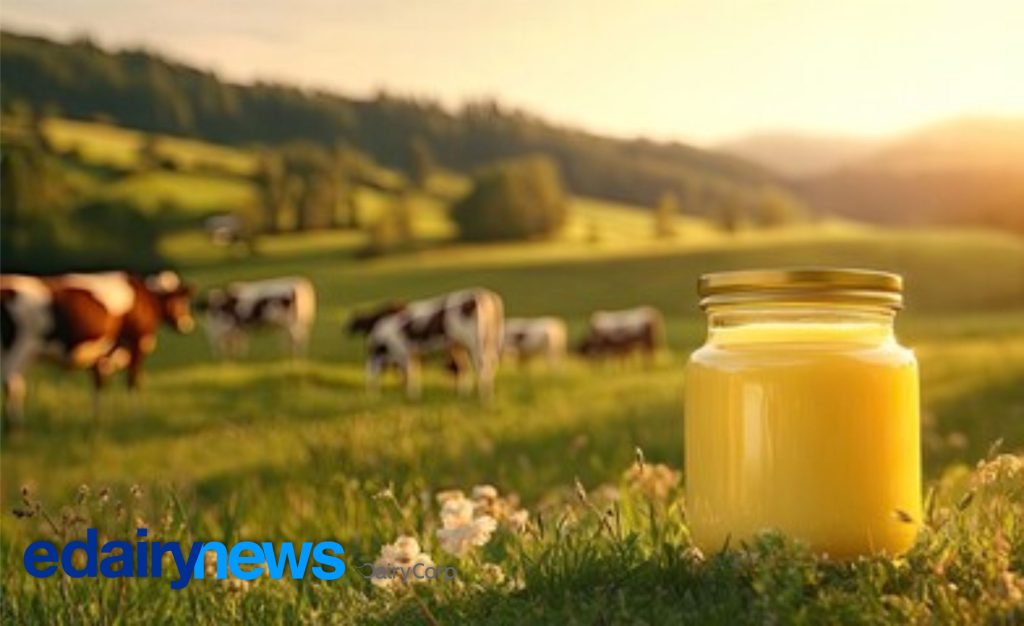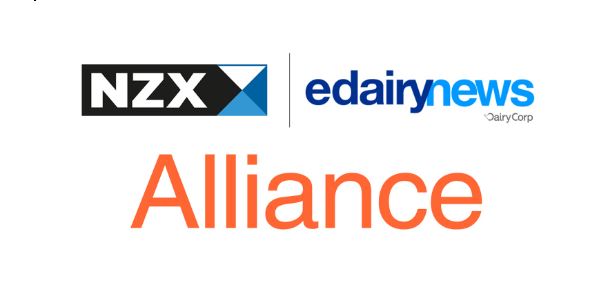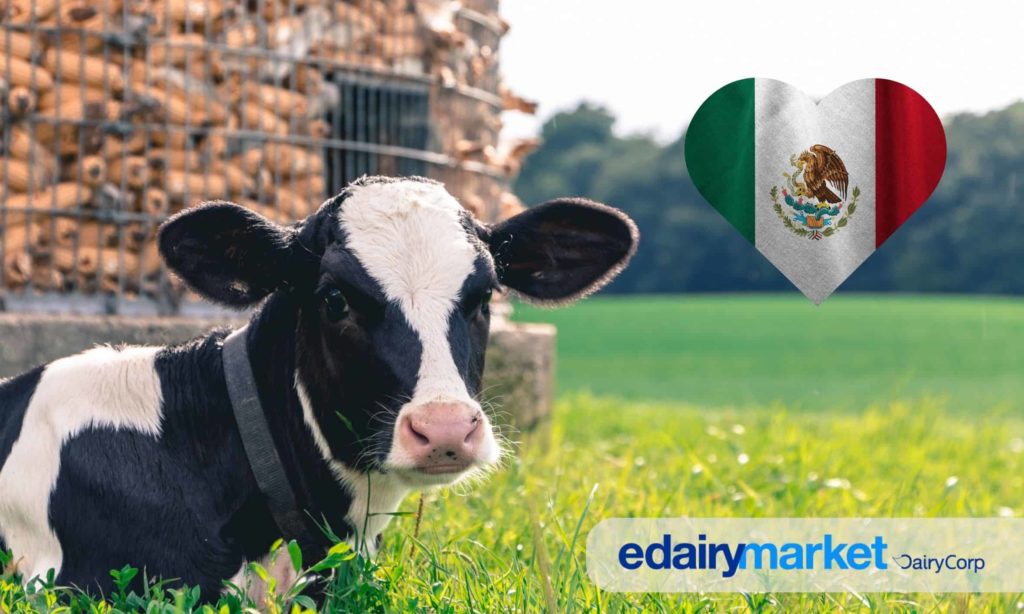
Indian Potash MD P.S. Gahlaut Outlines How Precision Nutrient Management and AgriTech are Essential to Secure Global Dairy Sustainability 🌍.
Balanced fertilization is not merely an option but a necessity for securing the future of sustainable dairy systems, according to P.S. Gahlaut, Managing Director of Indian Potash Limited. This approach, which involves applying mineral and organic fertilizers in precise, soil-specific proportions, is recognized as a critical component for the optimal production of fodder crops. Gahlaut stresses the inseparable link between agriculture and the dairy industry, asserting that “Healthy soil is the cornerstone” from which quality fodder grows, directly influencing animal health, milk production, and overall sector sustainability.
Gahlaut underscores the urgent need for industry leaders to equip farmers with the knowledge and practical tools to implement this crucial nutrient management. Recent research validates this strategy, highlighting that combining mineral and organic fertilizers can increase crop yields by 25-40%, while dramatically enhancing soil health metrics, including a rise in soil organic carbon by over 110% and nitrogen content by nearly 60%. This synergy creates a more resilient agricultural ecosystem, directly supporting long-term dairy productivity and environmental safety.
The strategy transcends traditional practices by integrating precision agriculture technologies to enhance effectiveness. Precision nutrient management, facilitated by AI-driven sensors, remote sensing, and data analytics, allows farmers to customize fertilizer application at a micro-level. This targeted method is crucial for minimizing waste and significantly reducing environmental pollution caused by runoff and greenhouse gas emissions. This innovative approach not only optimizes input costs—vital amid rising fertilizer prices—but also directly aligns dairy practices with global sustainability goals.
However, the widespread implementation of these scientifically sound solutions faces significant real-world barriers, particularly in regions like India, where soil health is deteriorating (with organic carbon content plummeting from 1% to just 0.3% over 70 years). Gahlaut warns that while the answers “seem to be available through emerging technologies,” adoption is slow due to high costs, technological complexity, fragmented landholdings, and pervasive gaps in digital literacy and rural infrastructure.
The future of the dairy industry, both in India and internationally, hinges on overcoming these systemic hurdles. Gahlaut asserts that without a system-wide reform to accelerate the practical, large-scale application of balanced fertilization and precision tools, feed quality, milk yields, and livestock health will be compromised. He calls for active collaboration among policymakers, industry leaders, and stakeholders to overhaul the agricultural ecosystem by streamlining financing, expanding rural connectivity, and incentivizing these essential sustainable practices.
Source: Read the complete insights on innovation and sustainability in the dairy business from ANI News.
You can now read the most important #news on #eDairyNews #Whatsapp channels!!!
🇮🇳 eDairy News ÍNDIA: https://whatsapp.com/channel/0029VaPidCcGpLHImBQk6x1F
